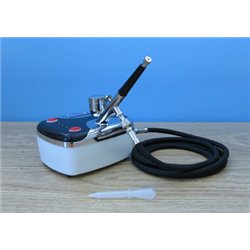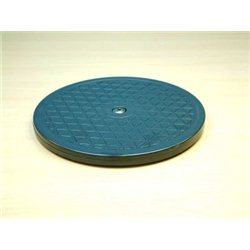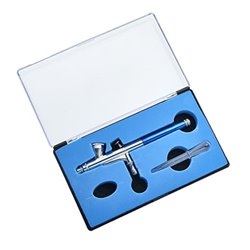Static grass puffer bottles work by manually charging model grass fibres with static electricity. When the charged...
No products
Product successfully added to your shopping cart
There are 0 items in your cart. There is 1 item in your cart.
Search Tips
What should I set the pressure to on my airbrush?
Most airbrushes will come with a pressure regulator built-in, but what is this facility for, and which pressure setting should you select?
If you are new to airbrushing, both these questions can be a little mystifying (excuse the pun). As a rule of thumb, the middle-ground pressure for painting with an airbrush is between 15 and 20psi depending on whether the airbrush is gravity-fed or not. Gravity-fed airbrushes are identifiable by their reservoir which will be located on top of the brush (while other types will have it underneath), these generally require slightly less pressure thanks to gravity lending a hand so 15psi should suffice.
The viscosity of the paint can also affect the pressure required to operate your airbrush effectively. Using paints specifically designed to be used with an airbrush will negate the need to experiment with pressure settings and again 15psi will do just fine.
The only time you may need to adjust the pressure setting on your airbrush (while undertaking general painting) is if you are using very thin paint. Sometimes this will result in the paint spitting and spluttering out of the nozzle. The first thing to check if this happens is that you still have paint in the reservoir, if you have, then turning the pressure down on the airbrush will help bring it back under control.
Alternatively, if you are trying to create a very thin layer using thicker paint, then turning the pressure up will create more of a mist, but in this instance, the use of thinners is a more traditional way to create a desirable thickness of paint.
Until you have a bit of experience, it's easier to use the correct paint than having to compensate using pressure alone.
Click here to receive the tips weekly in your mailbox. You can unsubscribe at any time.










